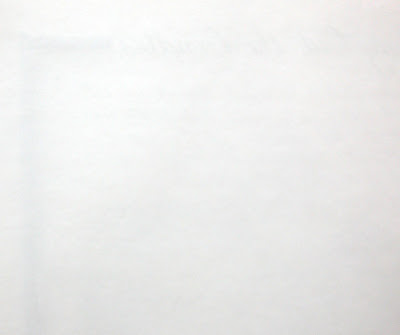Stillman and Birn Epsilon 5.5x8.5" hardbound sketchbook
Gouache
Noodler's Apache Sunset ink
I was back at Animal Kingdom with my sketch group last week. One of the staff members came in and gave us lots of peanuts and goodies to feed the parrots who were out loose in the rain forest room, so we had a great time sketching in there. I focused on the Sun Conures this time, and was actually very happy with these sketches until I got home. Then I decided to spray the sketch with iridescent acrylic paint. Big mistake. It clouded the brightly colored image and made the ink run. I guess it was well worth the disappointment for the lesson learned.
We all went out for a wonderful lunch together at Eveready Diner. When we returned, I decided to draw some furry critters. Of course as soon as I started to sketch the baby guinea pigs, every single one of them went to hide in their little house! So, that was that! The rabbit was more cooperative, and also their store mascot guinea pig named Rosie. (Sorry about the glare on the sketch.) You can click either sketch to enlarge the image. I still have one more to post from this excursion, which I haven't had time to photograph yet.
I've been so busy lately that it's been hard to keep up with all the photographing of my work and adjusting of images. I've been finishing up a large oil painting commission (stay tuned for that on my Hudson Valley Painter website), plus as usual I'm doing a lot of color and media experiments. I'm working on some new background ideas and new border thoughts, and have some lightfastness test results to reveal on the recent fountain pen ink tests I posted. So, stay tuned! Lots coming in the week ahead.











































